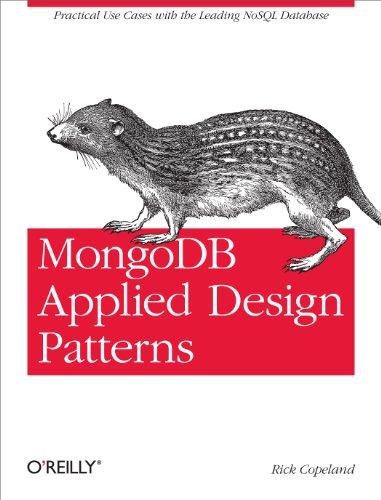Question
SQL 1. A given relation R={A, B, C, D, E} is decomposed into three relations: R1={A, B, C}, R2={B, C, D}, and R3={A, C, E}
SQL
1. A given relation R={A, B, C, D, E} is decomposed into three relations: R1={A, B, C}, R2={B, C, D}, and R3={A, C, E}
a. Based on the given set of FDs F={BE, CEA}, is the above decomposition a lossless-join decomposition?
b. Based on the given set of FDs F={ACE, BCD }, is the above decomposition a lossless-join decomposition?
2. A given relation R={A, B, C, D, E}, and a given set of FDs F={ABC, DEC, BD}.
a. Is R in BCNF? If not, do the decomposition accordingly.
b. Is your decomposition a lossless-join decomposition? Why?
c. Is your decomposition a dependency-preserving decomposition? Why?
d. List all the candidate keys of relation R.
e. Is R in the 3rdNF? Why?
Step by Step Solution
There are 3 Steps involved in it
Step: 1

Get Instant Access to Expert-Tailored Solutions
See step-by-step solutions with expert insights and AI powered tools for academic success
Step: 2

Step: 3

Ace Your Homework with AI
Get the answers you need in no time with our AI-driven, step-by-step assistance
Get Started


